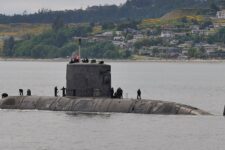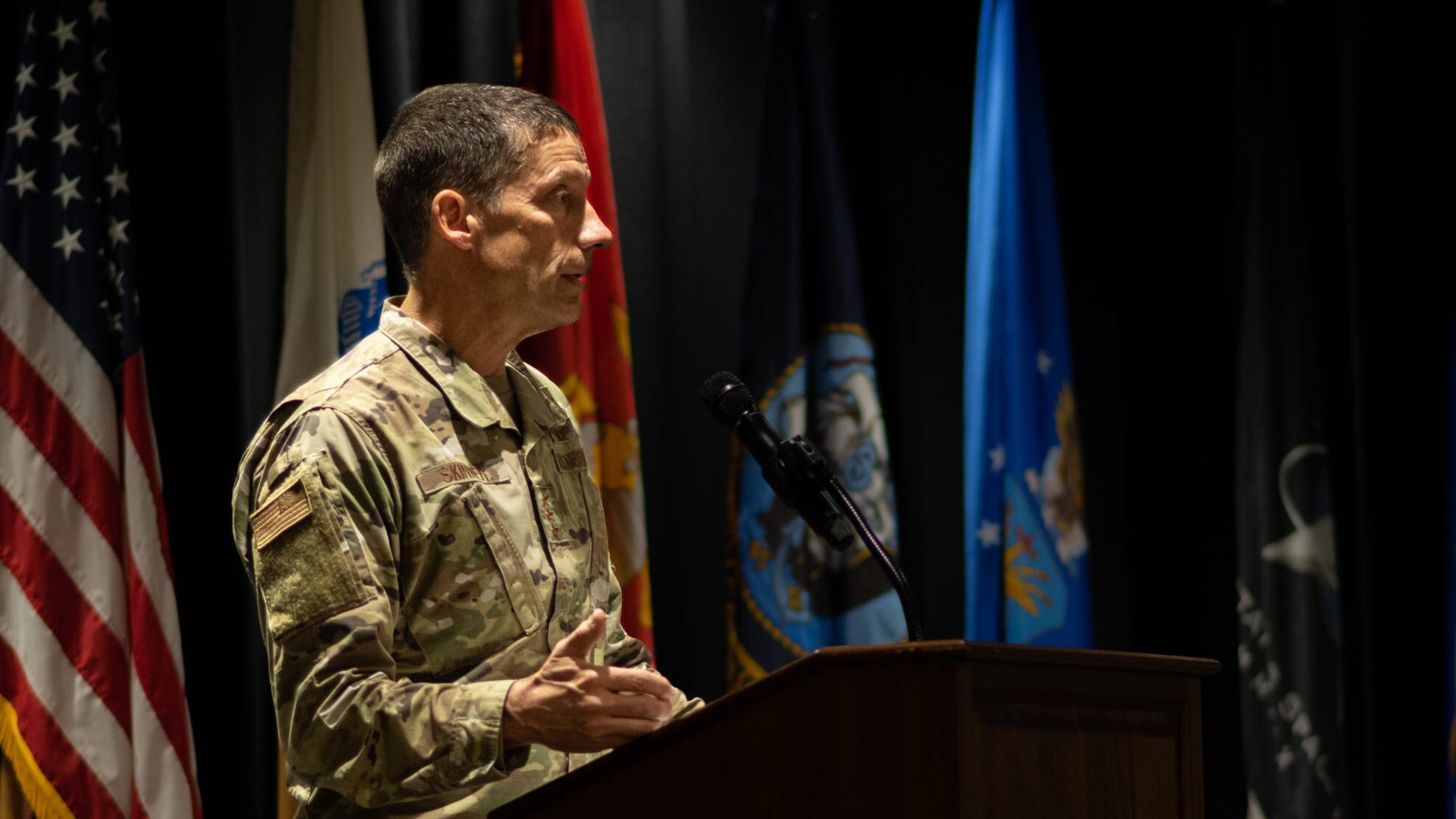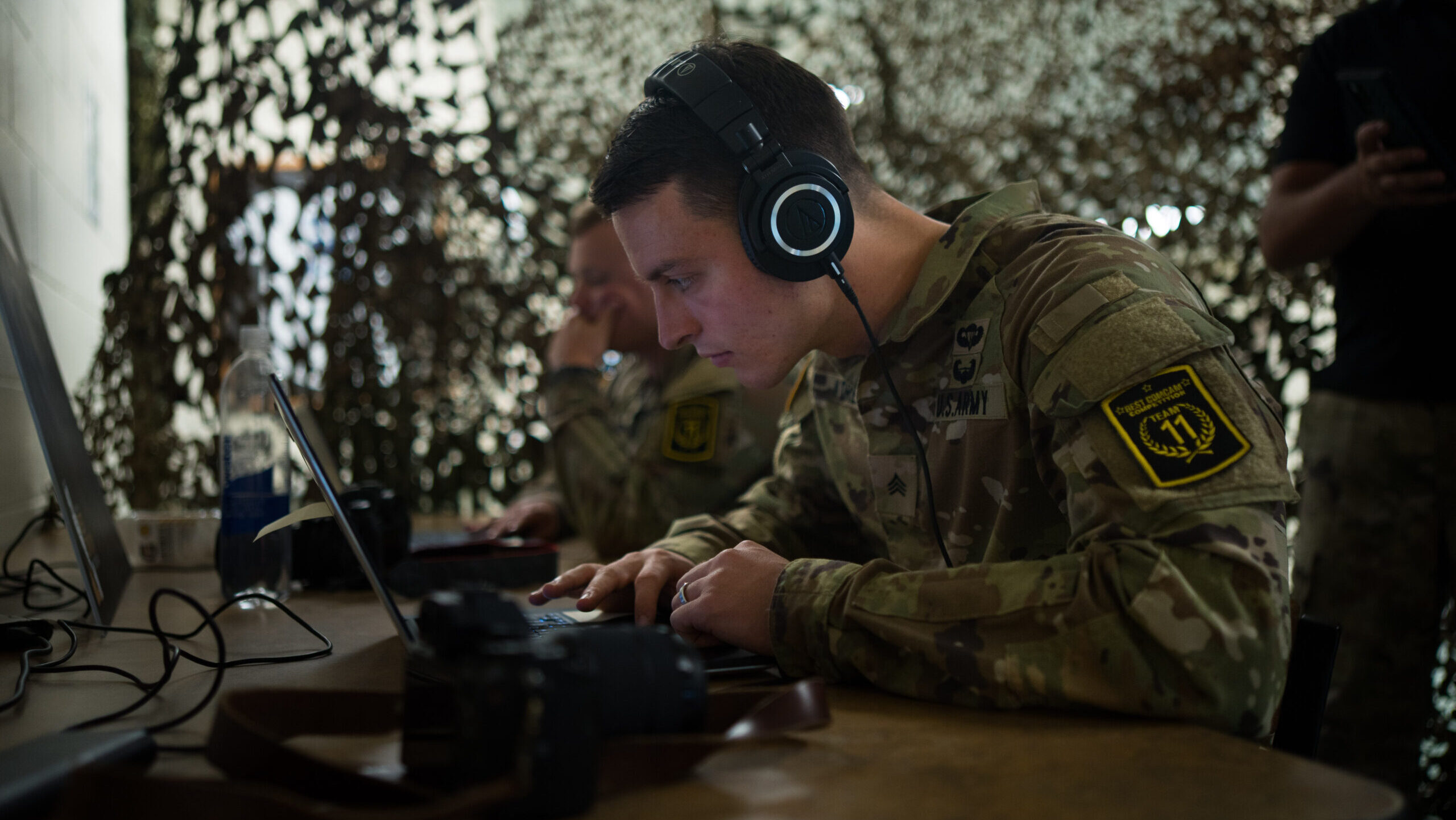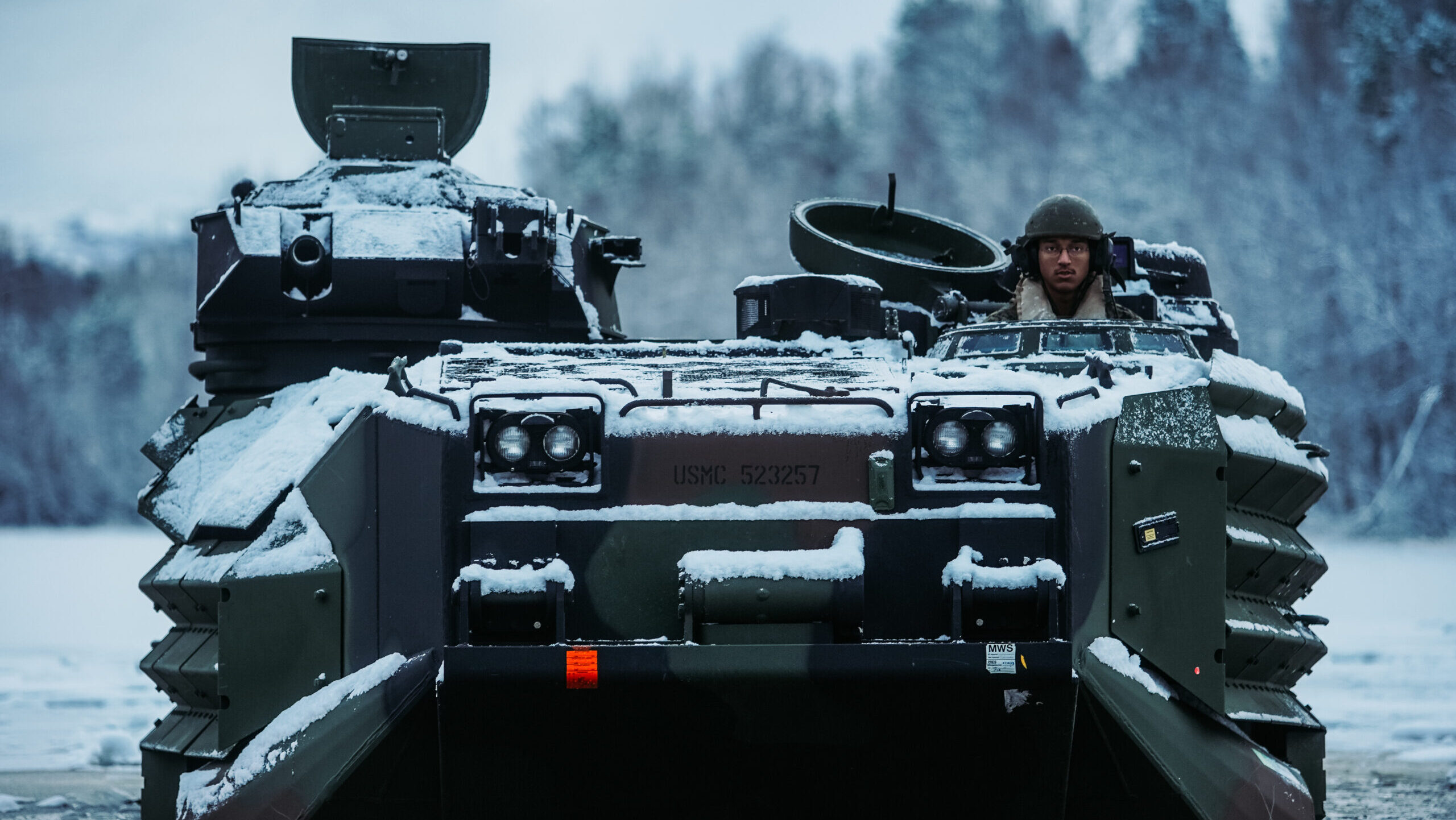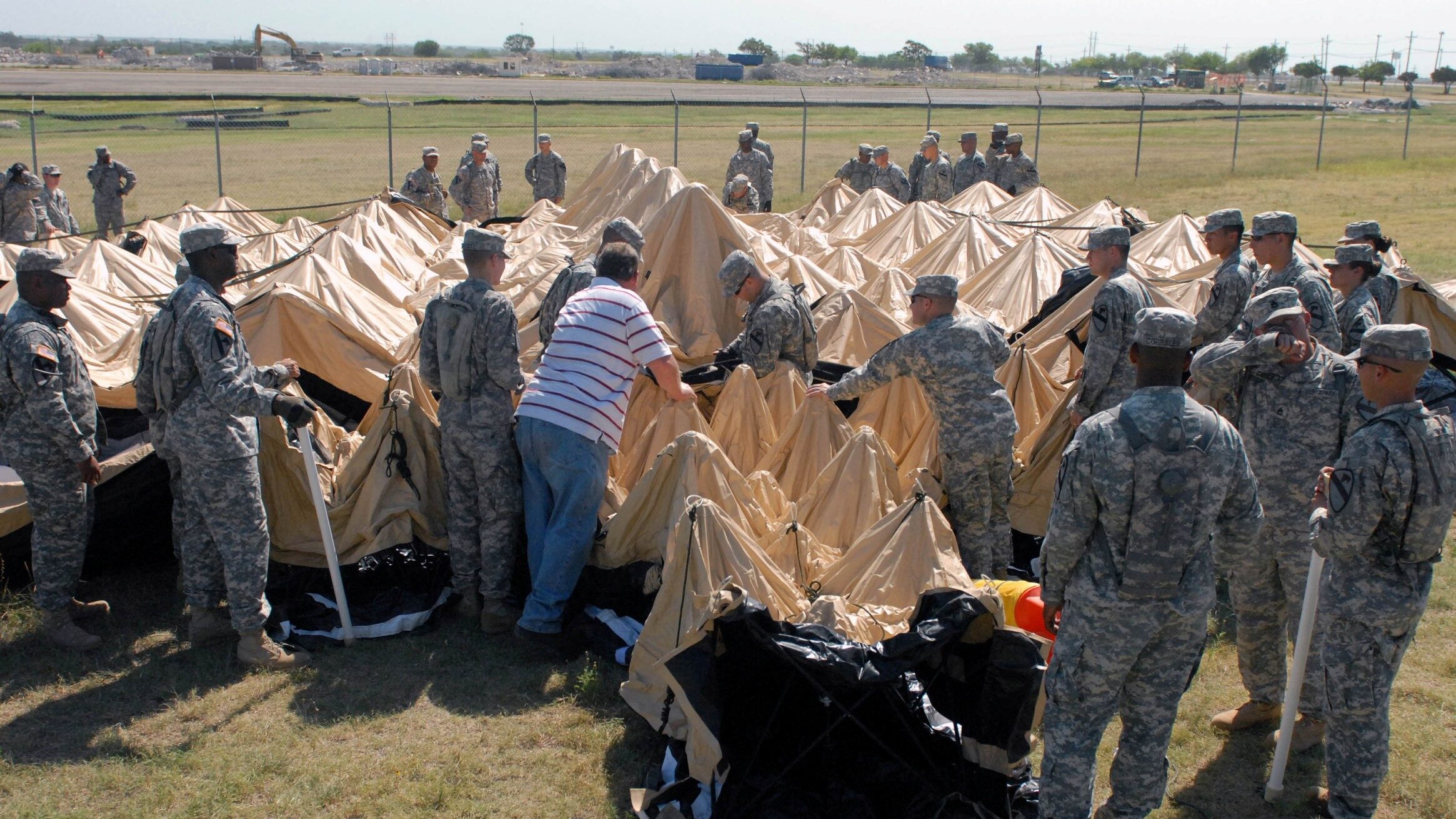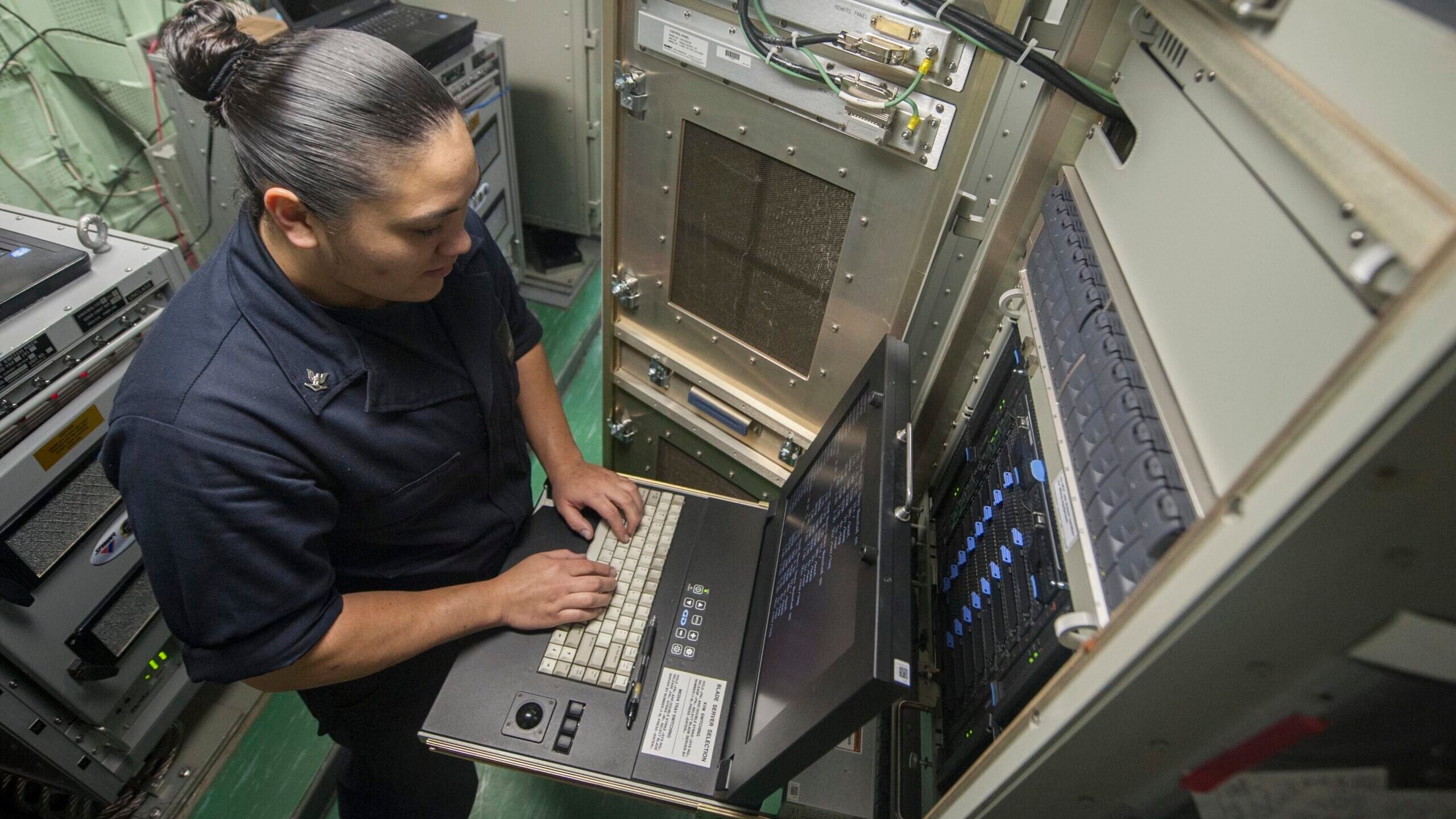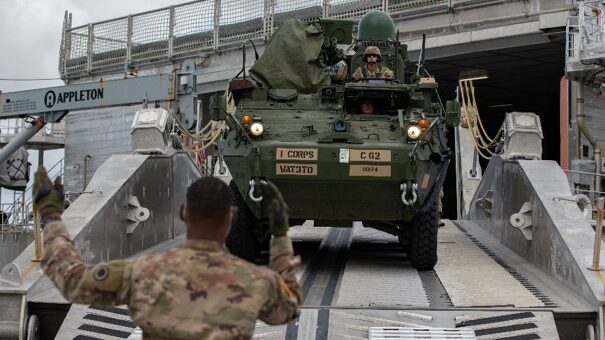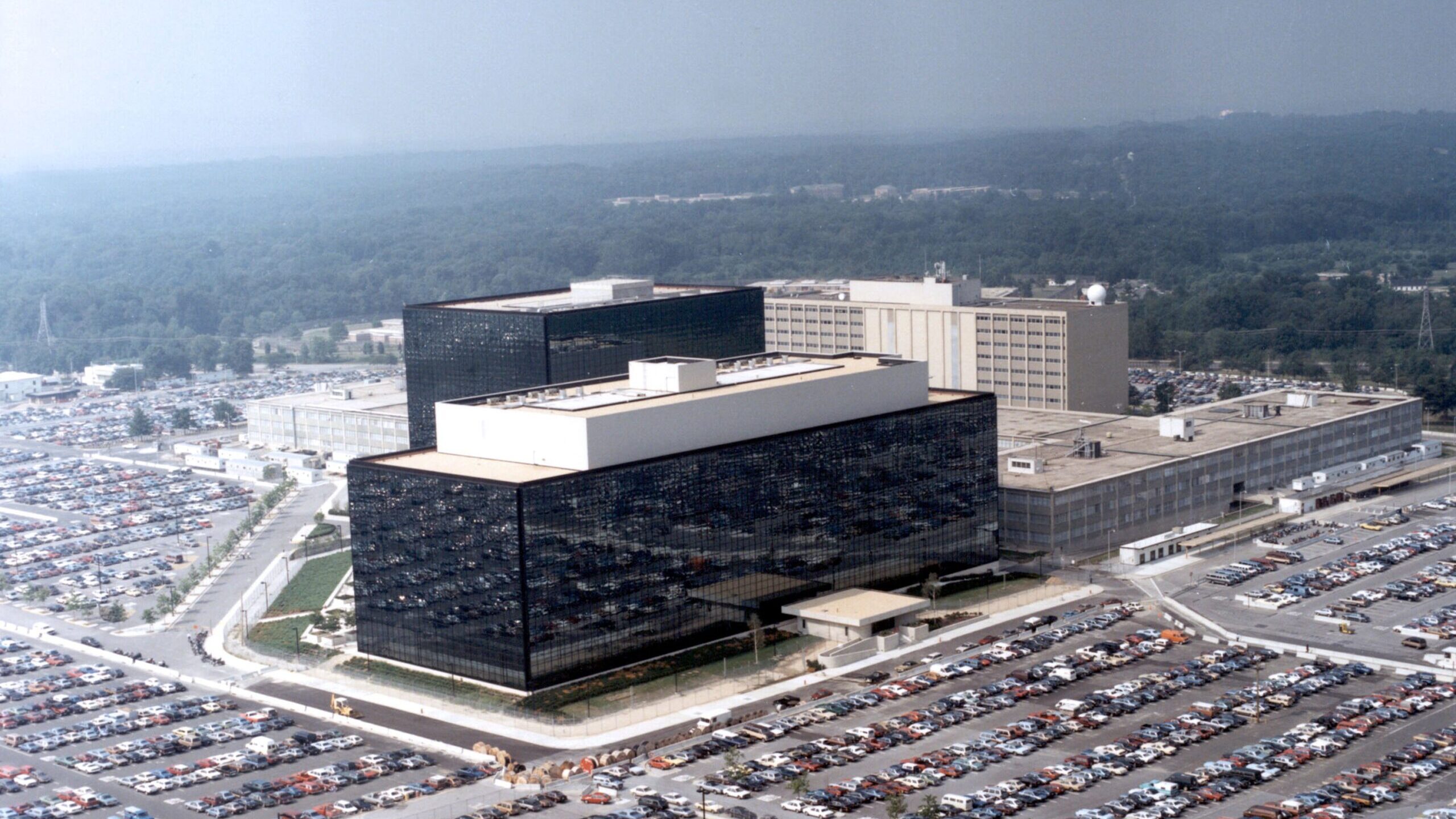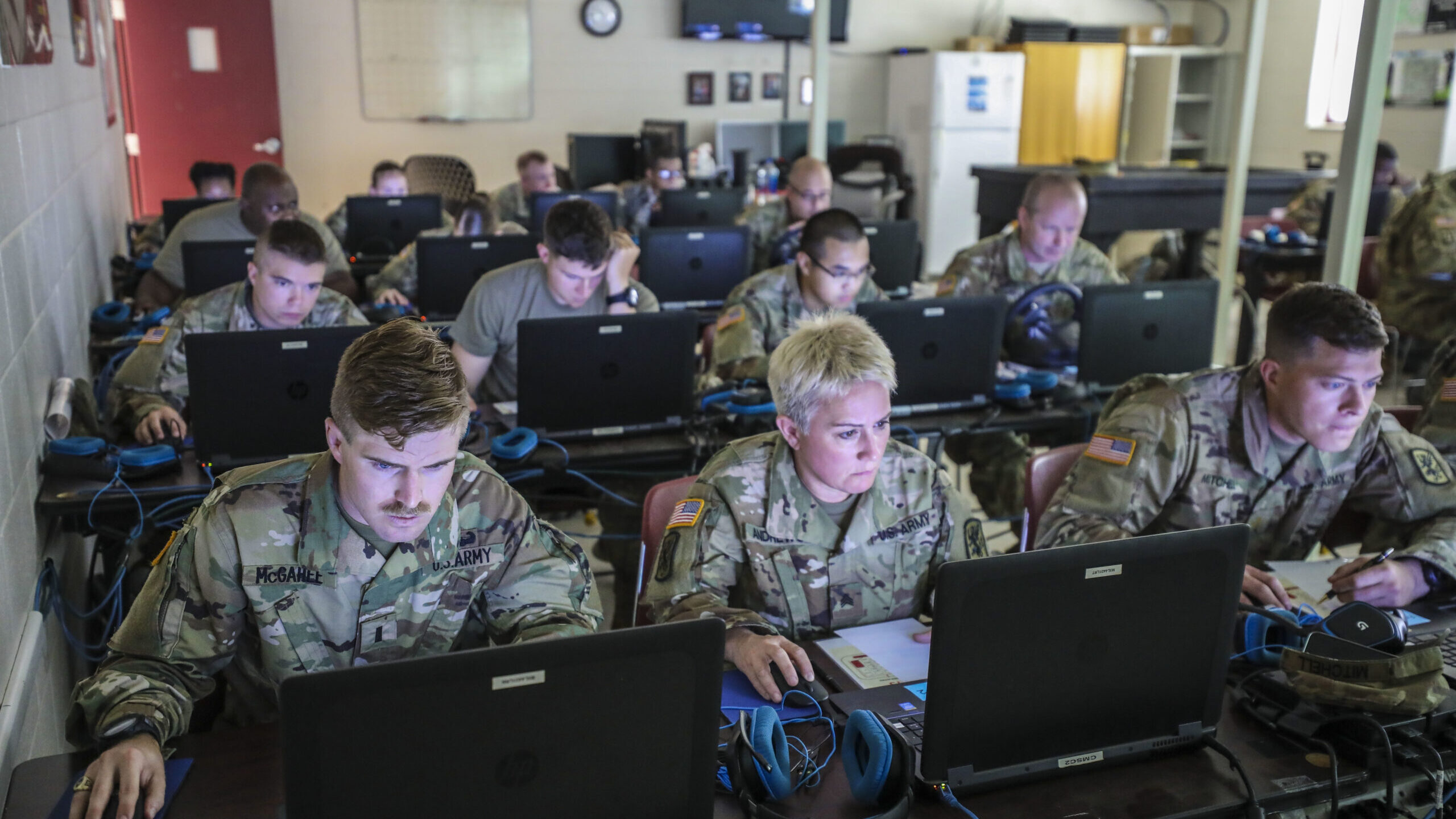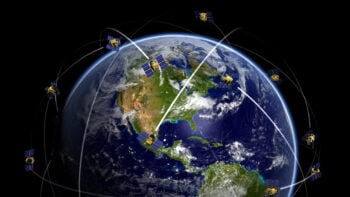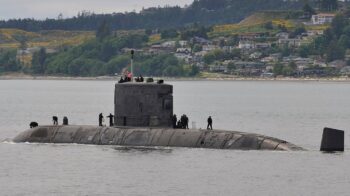
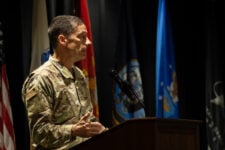
The Defense Department wants to explore Large Language Models for everything from paperwork to war plans – without being misled by hallucinations or having sensitive information sucked up by commercial LLMs hungry for training data.
By Sydney J. Freedberg Jr.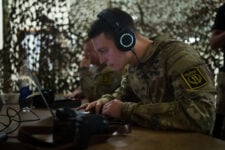
The Defense Information Systems Agency’s five-year plan includes the ambitious goal to build a global network “unconstrained by bandwidth [and] impervious to denial” by hostile forces.
By Sydney J. Freedberg Jr.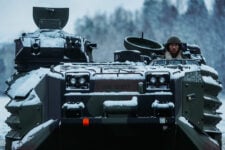
“No matter what theater we talk about – PACOM, Europe – everything needs to be smaller, lighter [and] very modular, so…we can throw it in the back of a pickup truck,” said Col. Devin Licklider, program manager for MAGTF Command & Control.
By Sydney J. Freedberg Jr.
“It’s great to have internet day to day in peacetime,” said Lt. Gen. Robert Skinner, director of the Defense Information Systems Agency, “but it’s more imperative to have it when bullets are flying.”
By Sydney J. Freedberg Jr.
This year Breaking Defense heard straight from some top network and tech officials in the Pentagon about their ambitious plans.
By Jaspreet Gill
Andrew Shearer, Australia’s Director-General of National Intelligence, also discussed how analysts will use AI, and the “lively debate” about whether Japan could join the Five Eyes.
By Tim Martin
The investment by Australia and the United States into funding the new Google internet cables means the Pacific islands can avoid becoming integral parts of China’s global data collection.
By Colin Clark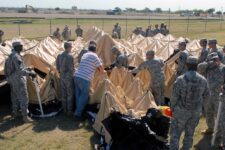
Drone-guided artillery strikes have made Ukraine “the graveyard of command posts,” two Army generals have warned. But, Lt. Gen. Milford Beagle and Brig. Gen. Jason Slider told Breaking Defense, better tactics and affordable tech can save lives.
By Sydney J. Freedberg Jr.
“I love the cloud, but I don’t have access to the cloud all the time while I’m afloat,” said Rear Admiral Stephen Donald of 10th Fleet. “So I need industry to figure out how to give me a virtual cloud.”
By Sydney J. Freedberg Jr.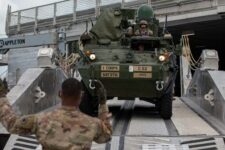
Brig. Gen. Patrick Ellis, I Corps chief of staff, said his team was able to send mission command information from a Stryker, in mid-air transit aboard a C-17 headed to Guam, back to Joint Base Lewis-McChord using the airplane’s antenna.
By Andrew Eversden
Sunset deadline could be tight, according to a former DISA official, as “May 2022 is tomorrow in terms of DoD IT.”
By Andrew Eversden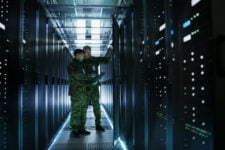
Google’s addition is somewhat surprising since, in recent years, the company has pulled away from DoD work due to internal pressure on executives from its workforce. The apparent omission of IBM is also notable.
By Brad D. Williams
The GAO decision sustained a protest from Microsoft, saying the agency’s evaluation was partly “unreasonable.”
By Andrew Eversden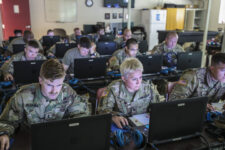
“The Army in the past has always executed traditional IT in a very decentralized way — we let every command do their own thing,” Army CIO Raj Iyer said. “Now, if you look at the requirements for multi-domain operations, that model doesn’t work anymore.”
By Theresa Hitchens






